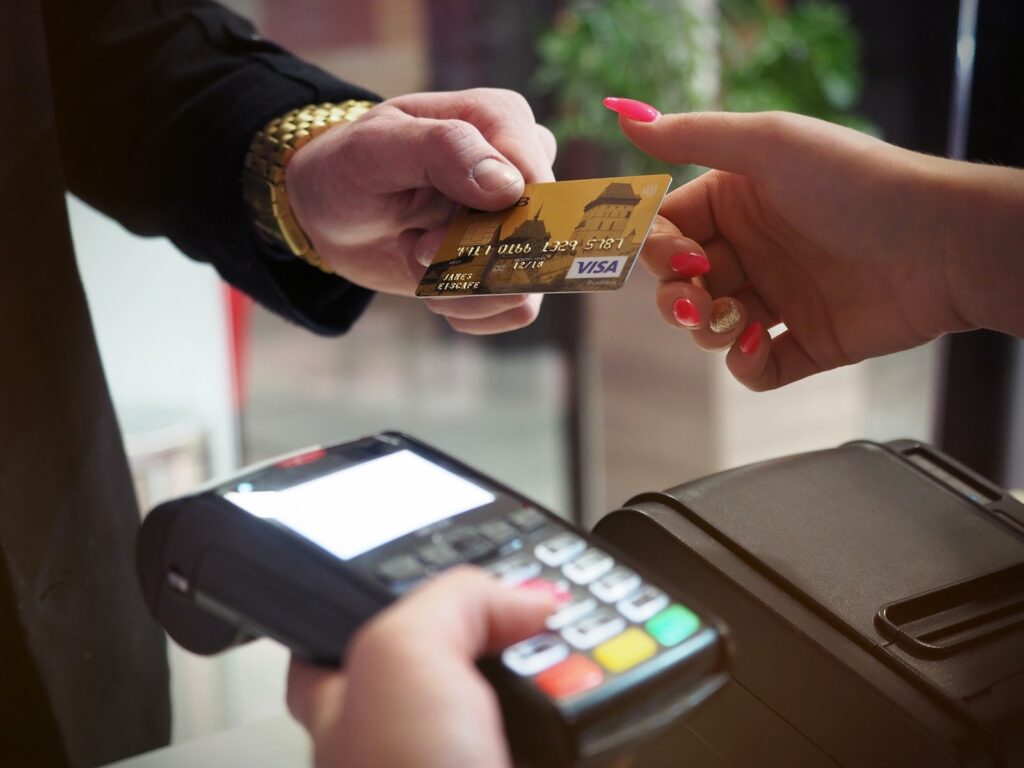Key Takeaways
- The convenience and efficiency of recurring payments for consumers and businesses.
- Technical considerations and security measures are essential for reliable recurring payment systems.
- Understanding the impact of recurring payments on global economic trends and personal finance management.

Easy Guide To Understanding The Impact Of Recurring Payments
Introduction to Recurring Payments
Recurring payments, subscriptions, or auto-payments enable consumers and businesses to automate financial transactions regularly. These payments are scheduled to be automatically withdrawn from a user’s credit card, debit card, or bank account periodically.
The primary benefit of this arrangement is the convenience of not having to pay for each transaction or billing cycle manually. Consumers commonly use this method for monthly expenses like utility bills, gym memberships, and subscription services, while businesses rely on recurring payments for SaaS models, content subscriptions, and other services.
Benefits of Recurring Payments for Consumers
What is a recurring payment? A recurring payment is a payment that is automatically withdrawn from your account at regular intervals, typically for a subscription to a product or service. The modern consumer seeks convenience and reliability in managing finances, a demand that recurring payments are well-poised to meet. They provide a forget-proof method of ensuring timely payments, which helps avoid late fees and maintain continuity of service.
Such consistent payment history is a testament to one’s financial discipline and bodes well for credit history. It is a facilitator of budgeting, as individuals can predict their monthly expenses with greater accuracy, assisting in planning larger financial goals. As consumer behaviors gravitate towards minimalism and convenience, recurring payments substantially meet these evolving preferences.

Recurring Payments for Businesses
Businesses that adopt a recurring payment framework often see an uplift in customer retention rates. The predictability of this income stream is a boon for forecasting and cash flow management. It also minimizes the effort and costs associated with chasing payments, streamlining operations, and allowing businesses to focus on product development and customer service. An efficient recurring payment setup can thus become a significant competitive advantage, establishing a loyal customer base and providing a solid financial foundation for future endeavors.
The Technical Side of Recurring Payments
The sophistication behind a recurring payment system is often underestimated, yet it’s the lynchpin of security and efficiency. Payment processing systems must be well-engineered to handle everything from user authentication and data encryption to compliance with international standards. Given the intricacies involved, businesses are tasked with providing a seamless experience for customers while fortifying the system against fraudulent activities and breaches—a balance paramount in maintaining trust and ensuring longevity.
Navigating The Risks Associated With Recurring Payments
Despite their advantages, recurring payments are only with pitfalls. There’s a looming risk of customers incurring unexpected charges from forgotten or unused subscriptions—a phenomenon known as ‘bill shock.’ Additionally, managing many subscriptions without an organized system can lead to ‘subscription fatigue,’ where the consumer feels overwhelmed and unsatisfied. It calls for heightened awareness and regular audits of active subscriptions, encouraging individuals to adopt a proactive approach to recurring financial commitments.
Recurring Payments in Different Industries
Diverse sectors have witnessed a paradigm shift due to the flexible recurring payment model. The tech industry has considerably swung towards SaaS products, where users pay regularly for software access. The media and entertainment industries have soared with subscription-based models, replacing traditional pay-per-view setups.
Even essential services like utilities are pivoting to recurring modes, offering customers the convenience of never missing a payment. This model’s flexibility chimes well with varying customer demands, contributing to a rapidly evolving business landscape.

Global Trends in Recurring Payments
The astounding predicted growth of recurring payments globally reflects an influx of trust and dependence on automated payment systems. Set to reach $8.7 trillion by 2025, this booming market signifies a pronounced shift in transaction behaviors worldwide. Cross-border economies, diverse industries, and varied consumer demographics unanimously acknowledge this financial model’s efficacy, propelling a substantial shift toward a more streamlined, subscription-based economy.
Future Predictions: The Evolution of Recurring Payments
Forecasting the future of recurring payments involves anticipating the integration of emerging technologies and trends. Innovations such as blockchain and digital currencies have the potential to revolutionize recurring payment methods, offering greater flexibility, security, and even decentralization of financial transactions.
The ongoing advancements suggest a future where payment systems are more user-centric, accessible, and versatile, adapting to new markets, currencies, and the rising demand for a frictionless user experience.
The Role of Recurring Payments in Personal Financial Planning
The cumulative effect of recurring payments on personal financial planning is noteworthy. By outsourcing the task of remembering payment deadlines to technology, individuals can better channel their focus on long-term financial strategies and goals.
Tools that help to overview and manage these payments can aid in cutting back on unnecessary subscriptions, thus acting as a catalyst for conscious spending and improved savings behaviors. Repeating payments’ predictability is an anchor in the uncertain waters of personal finance, ultimately leading to a more organized and controlled economic life.
